The reality of AI: Practical applications in daily practice
When most people hear about artificial intelligence (AI) in dentistry, they probably picture some futuristic robot performing surgery. The reality is much more pragmatic. I have started using AI tools like ChatGPT to help draft insurance narratives, and honestly, it has been helpful. What used to take me 20 minutes now takes 5, and my approval rates have improved because the language is more comprehensive and consistent.
I have also used intra-oral scans to capture what radiographs could not show and successfully reversed insurance denials by providing digital evidence that was simply undeniable. There is something powerful about being able to document findings with that level of clarity.
We are also seeing AI-supported diagnostic tools that may someday flag pathology, caries or bone loss with remarkable accuracy. I see this as a helpful second opinion rather than a replacement of clinical judgement.
From film to digital: The end of the darkroom era
When I first entered practice, having access to a CBCT unit was considered elite. Now, it is the standard—and for good reason. The ability to assess a tooth or an implant site in 3D is not just impressive; it has become indispensable for modern diagnostics and treatment planning. We have moved from hoping we had enough information to actually knowing what we are dealing with before we ever pick up a handpiece.
Digital radiography has made the process safer, faster and more consistent. Gone are the days of running behind lead-lined barriers after pushing the exposure button, thanks to devices like the NOMAD handheld dental intra-oral radiography system that have transformed how we capture diagnostic images, especially in busy practices and for patients with mobility challenges.
Digital impressions: More than just comfort
I will be honest: when I was in dental school, we were not taught how to use digital scanners. Impressions meant mixing alginate or polyvinylsiloxane, loading a tray and hoping the patient did not gag or shift at the wrong moment. It was messy, time-consuming and uncomfortable for everyone involved.
Today, I cannot imagine practising without the 3Shape TRIOS 4 and 5 scanners. These tools have completely transformed my daily work, offering an accuracy that consistently surpasses that of traditional impressions while keeping patients comfortable. With instant digital impressions, I can evaluate margins, preparation clearance and undercuts in real time, allowing me to make adjustments before the case even leaves the operatory.
The difference in patient experience is remarkable—no more gagging, no more distortions and dramatically fewer remakes. But beyond comfort, digital scanning has given me a level of confidence in my preparations that I never had with traditional impressions. It is one thing to hope your impression has captured everything correctly; it is another to see it in real time and know for certain.
That said, I have learned that digital does not always mean better. For those challenging deep subgingival margins, the good old polyvinylsiloxane impression is still king. The key is knowing when each approach serves you best; analogue and digital do not have to compete if they can complement each other.



 Austria / Österreich
Austria / Österreich
 Bosnia and Herzegovina / Босна и Херцеговина
Bosnia and Herzegovina / Босна и Херцеговина
 Bulgaria / България
Bulgaria / България
 Croatia / Hrvatska
Croatia / Hrvatska
 Czech Republic & Slovakia / Česká republika & Slovensko
Czech Republic & Slovakia / Česká republika & Slovensko
 France / France
France / France
 Germany / Deutschland
Germany / Deutschland
 Greece / ΕΛΛΑΔΑ
Greece / ΕΛΛΑΔΑ
 Hungary / Hungary
Hungary / Hungary
 Italy / Italia
Italy / Italia
 Netherlands / Nederland
Netherlands / Nederland
 Nordic / Nordic
Nordic / Nordic
 Poland / Polska
Poland / Polska
 Portugal / Portugal
Portugal / Portugal
 Romania & Moldova / România & Moldova
Romania & Moldova / România & Moldova
 Slovenia / Slovenija
Slovenia / Slovenija
 Serbia & Montenegro / Србија и Црна Гора
Serbia & Montenegro / Србија и Црна Гора
 Spain / España
Spain / España
 Switzerland / Schweiz
Switzerland / Schweiz
 Turkey / Türkiye
Turkey / Türkiye
 UK & Ireland / UK & Ireland
UK & Ireland / UK & Ireland
 Brazil / Brasil
Brazil / Brasil
 Canada / Canada
Canada / Canada
 Latin America / Latinoamérica
Latin America / Latinoamérica
 USA / USA
USA / USA
 China / 中国
China / 中国
 India / भारत गणराज्य
India / भारत गणराज्य
 Pakistan / Pākistān
Pakistan / Pākistān
 Vietnam / Việt Nam
Vietnam / Việt Nam
 ASEAN / ASEAN
ASEAN / ASEAN
 Israel / מְדִינַת יִשְׂרָאֵל
Israel / מְדִינַת יִשְׂרָאֵל
 Algeria, Morocco & Tunisia / الجزائر والمغرب وتونس
Algeria, Morocco & Tunisia / الجزائر والمغرب وتونس
 Middle East / Middle East
Middle East / Middle East
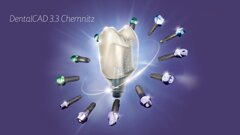

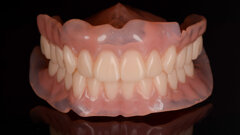






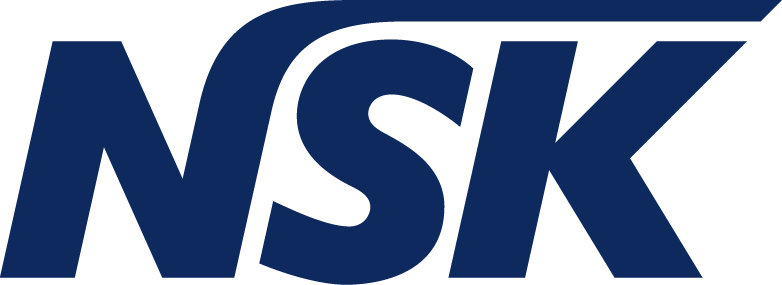













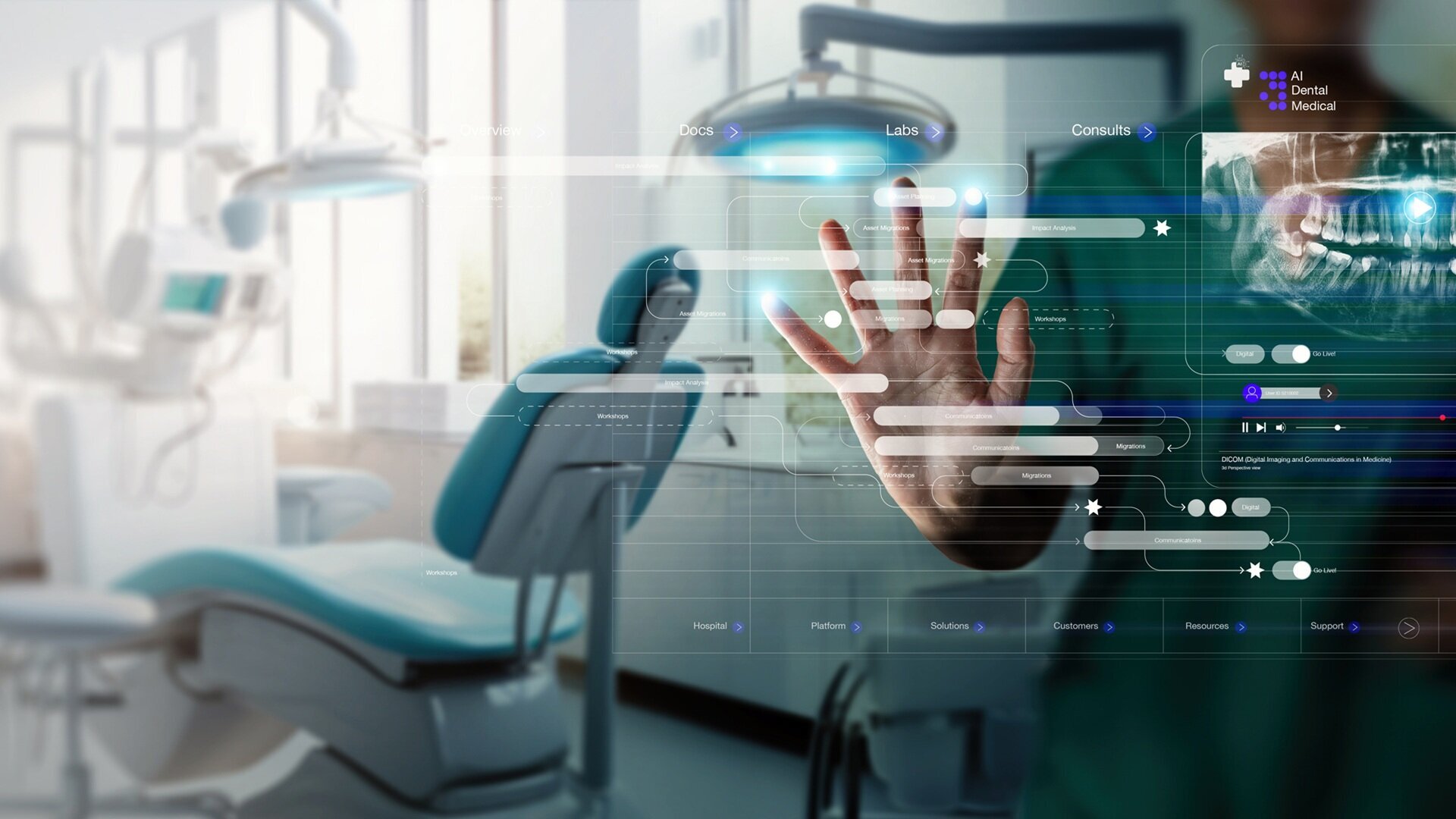

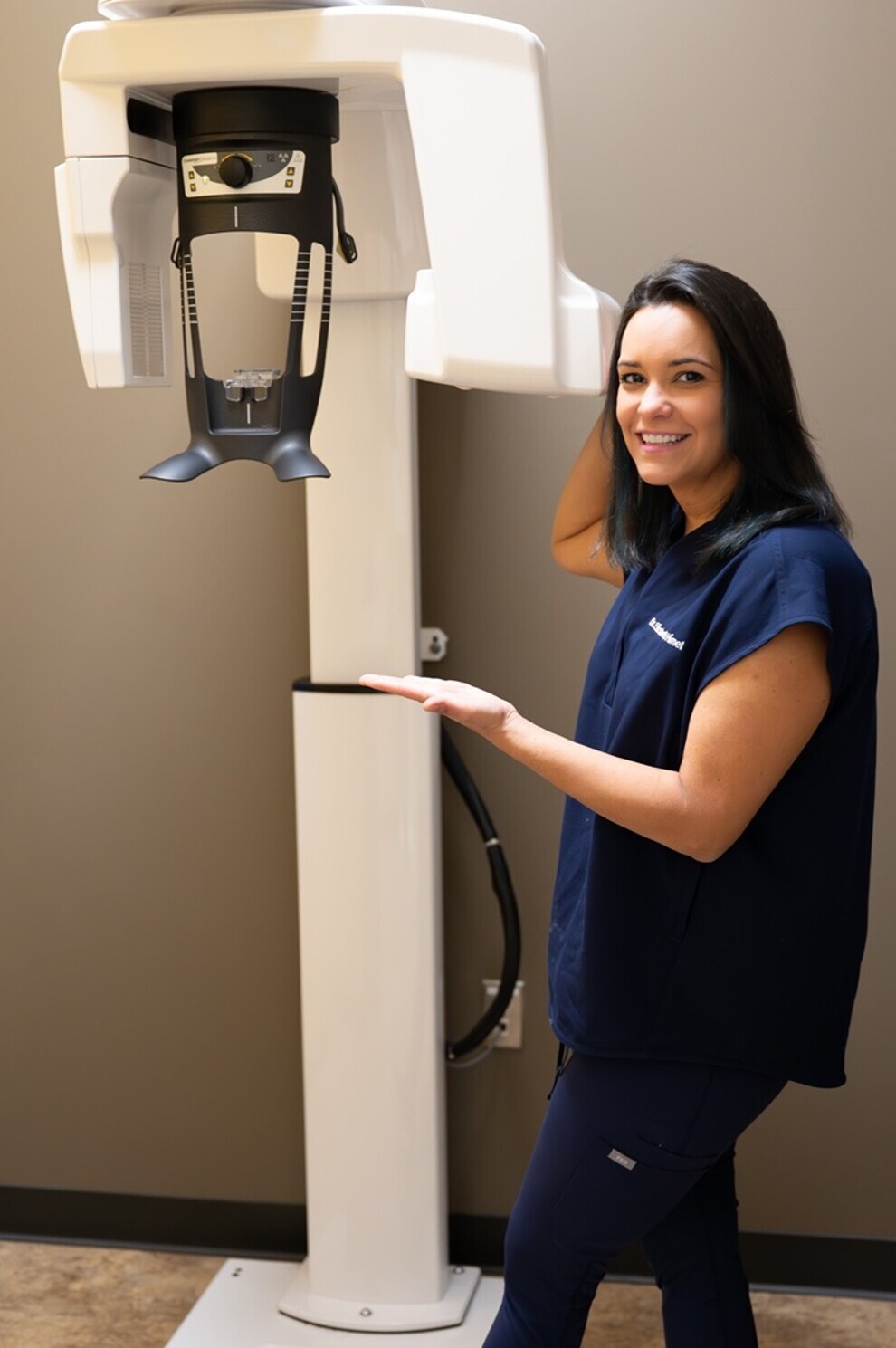
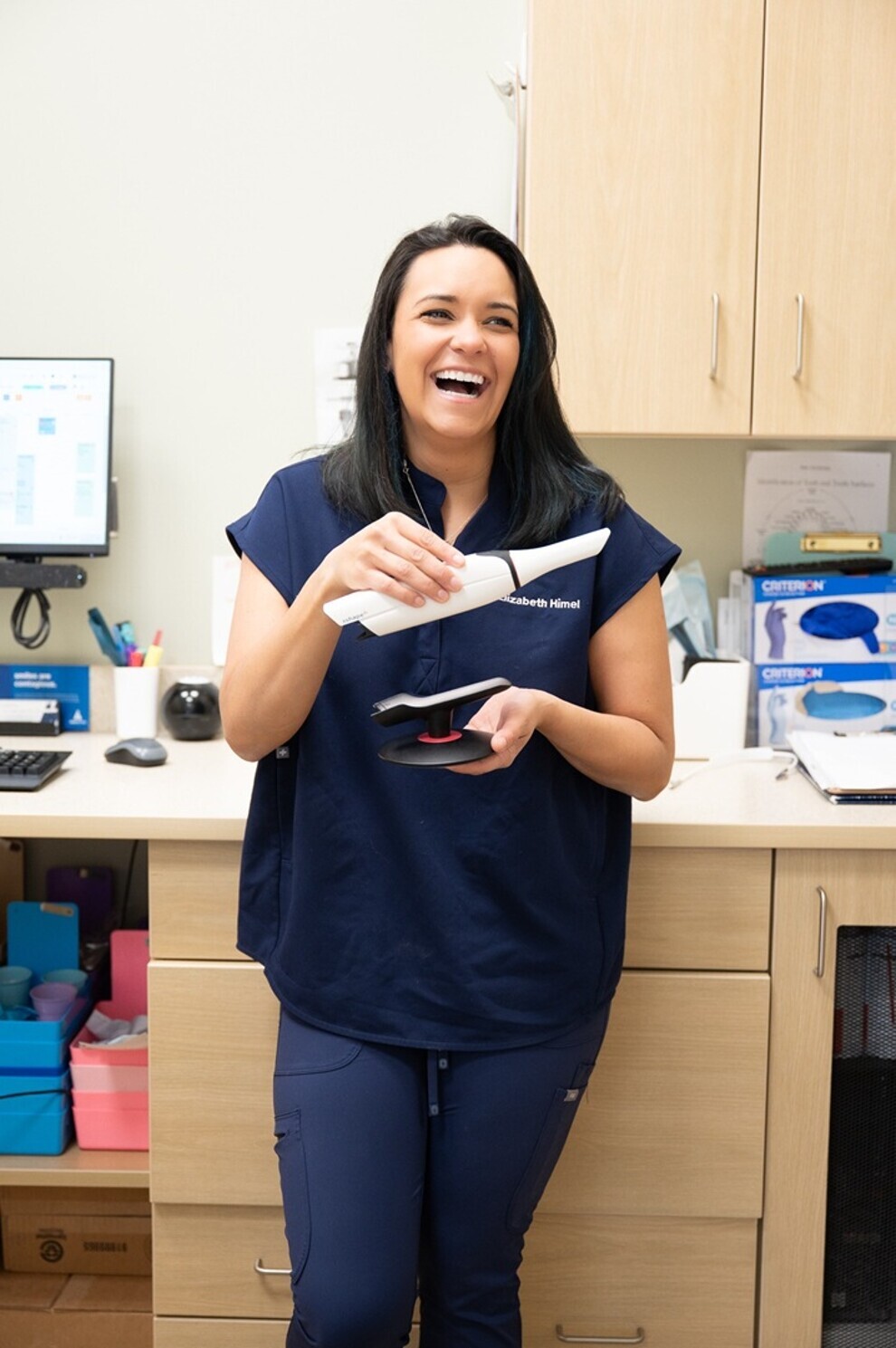


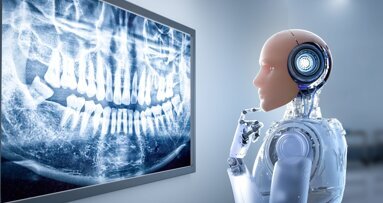




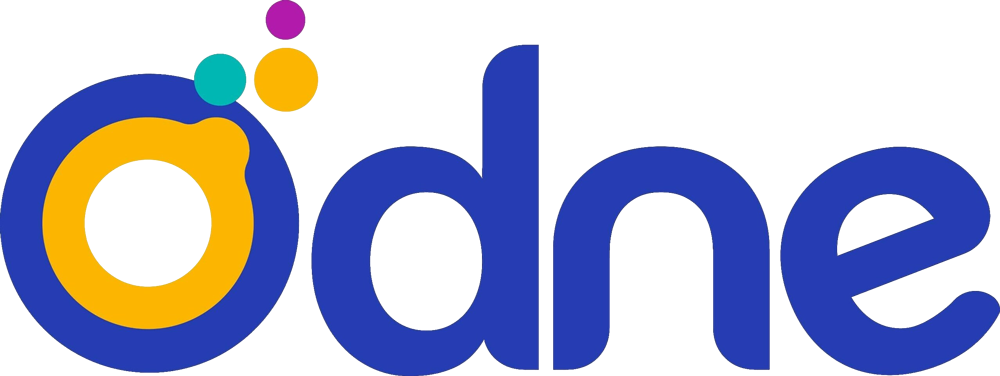

To post a reply please login or register